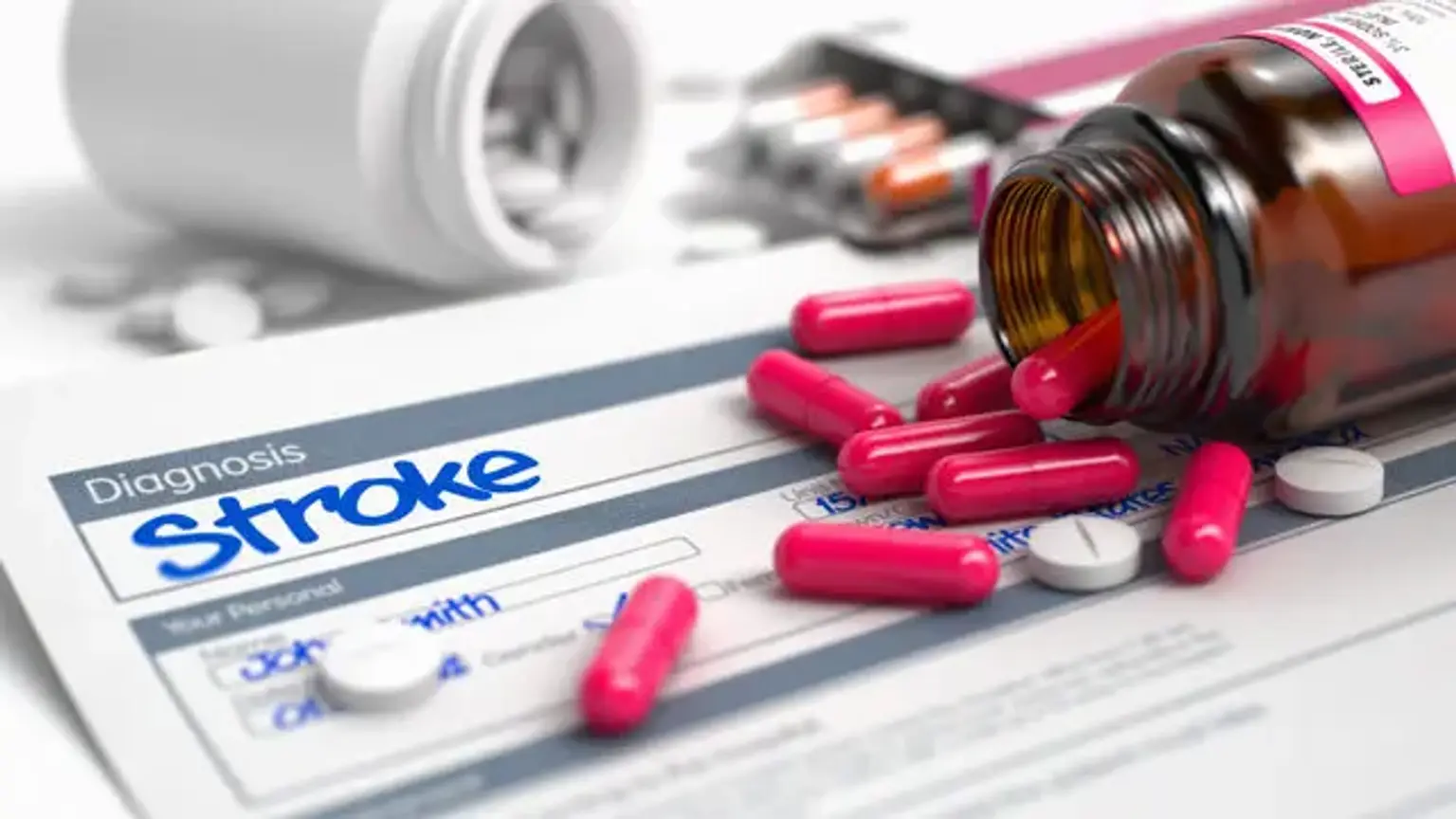Acute Stroke
Acute stroke is also known as a cerebrovascular accident, which is a description that most stroke neurosurgeons dislike. Stroke does not happen by chance. Brain attack is a superior and more significant term, similar in meaning to a heart attack. As a consequence of preexisting cerebrovascular disease, acute stroke is characterized as the sudden emergence of localized neurological symptoms in a vascular area. Each year, 850,000 new brain attacks occur in the United States. Every one minute, a new stroke is developed. Stroke is the primary cause of mortality and disability in the United States. Strokes are divided into two categories. Ischemic stroke is the most common form, which is caused by a blockage in blood flow to a specific part of the brain. 84 percent of all acute strokes are caused by an ischemic stroke. Hemorrhagic strokes, which are triggered by the rupture of a blood artery, account for 16% of acute strokes. Intracerebral hemorrhage and subarachnoid hemorrhage, which account for around 5 percent of all strokes, are the two main kinds of hemorrhagic strokes.
There are four basic forms of ischemic strokes, as per the TOAST categorization. Large vessel atherosclerosis, small vessel atherosclerosis (lacunar infarction), cardioembolic strokes, and cryptogenic (unknown cause) strokes are all examples of these conditions. Each has its own set of causes and pathophysiology. Irrespective of the nature of stroke, it's vital to remember that each minute that a major vessel ischemic stroke goes untreated results in the death of about two million cells. In understanding acute stroke and its management, this is the most crucial time is brain concept.
Strokes can be caused by a variety of factors, including high blood pressure, arteriosclerosis, and emboli produced in the heart as a consequence of atrial fibrillation or rheumatic heart disease. Coagulation diseases, cervical arterial dissection, and different kinds of vasculitis may be added to the list of probable reasons in younger patients. Before giving any form of treatment in the case of a potential stroke manifestation, a thorough history and physical examination, as well as urgent brain neuroimaging, must be undertaken. One can improve his or her likelihood of a meaningful recovery by receiving prompt, specialized therapy based on the cause of the stroke, rehabilitation programs, and long-term lifestyle changes.
